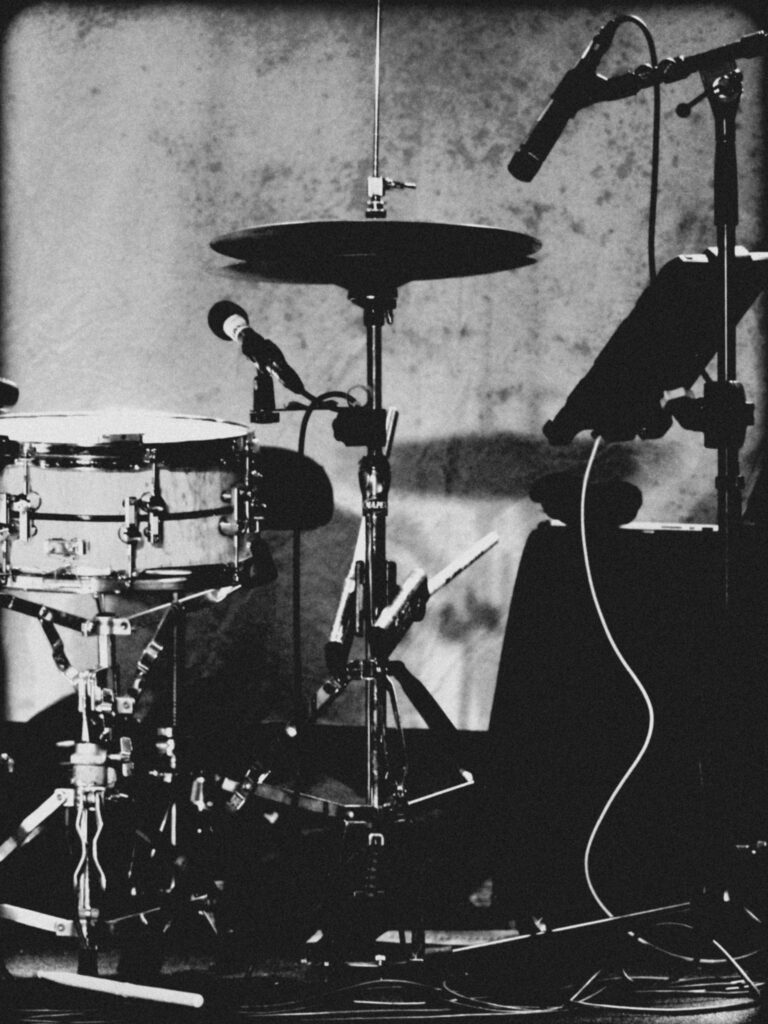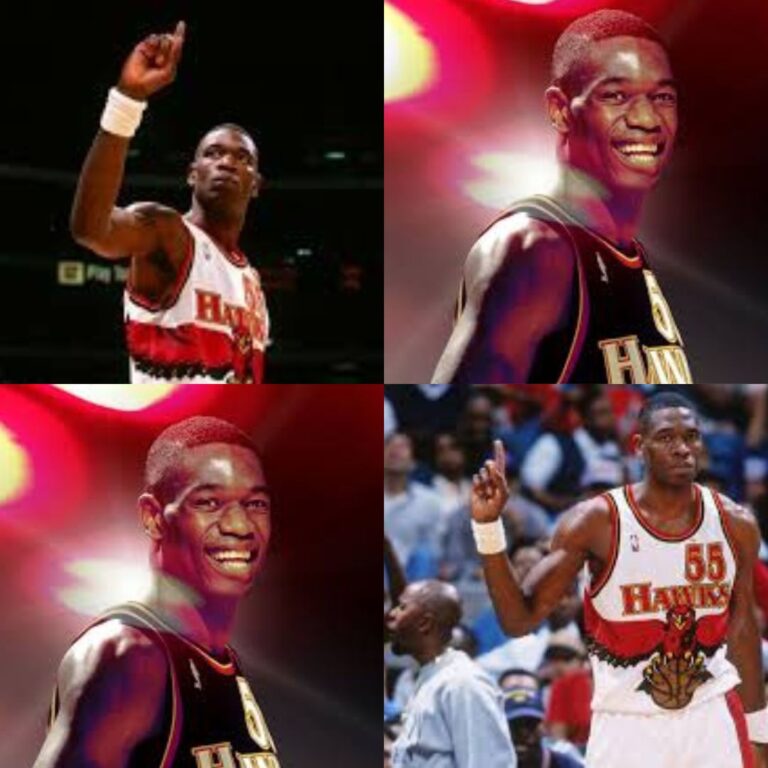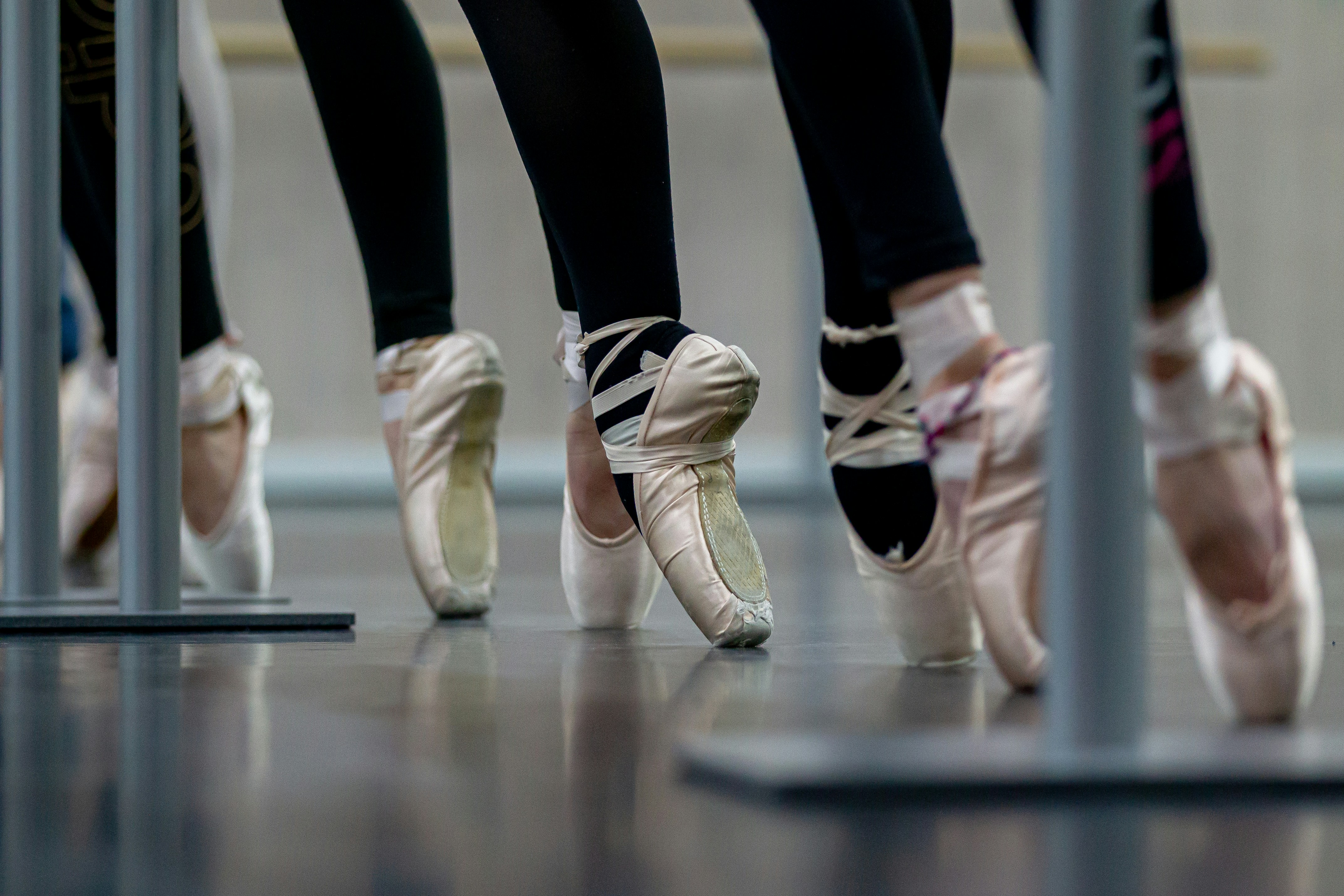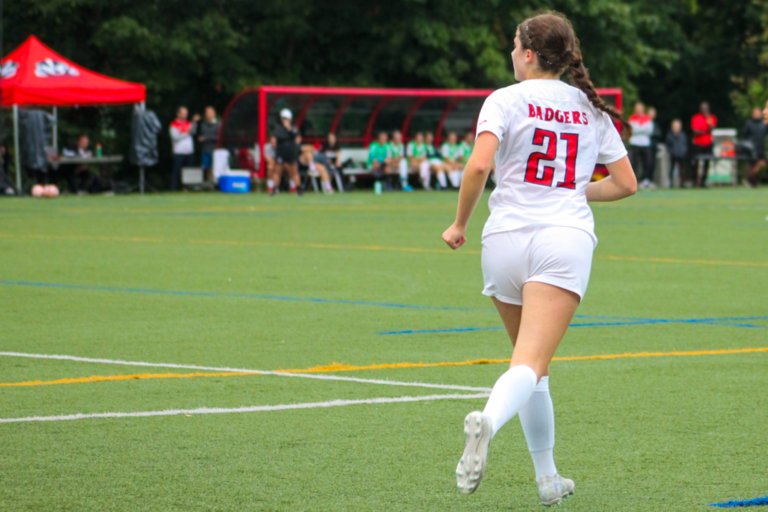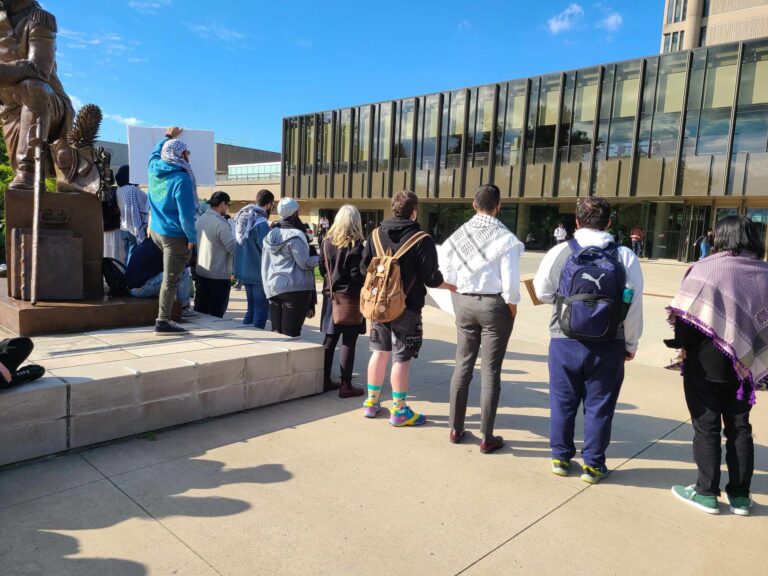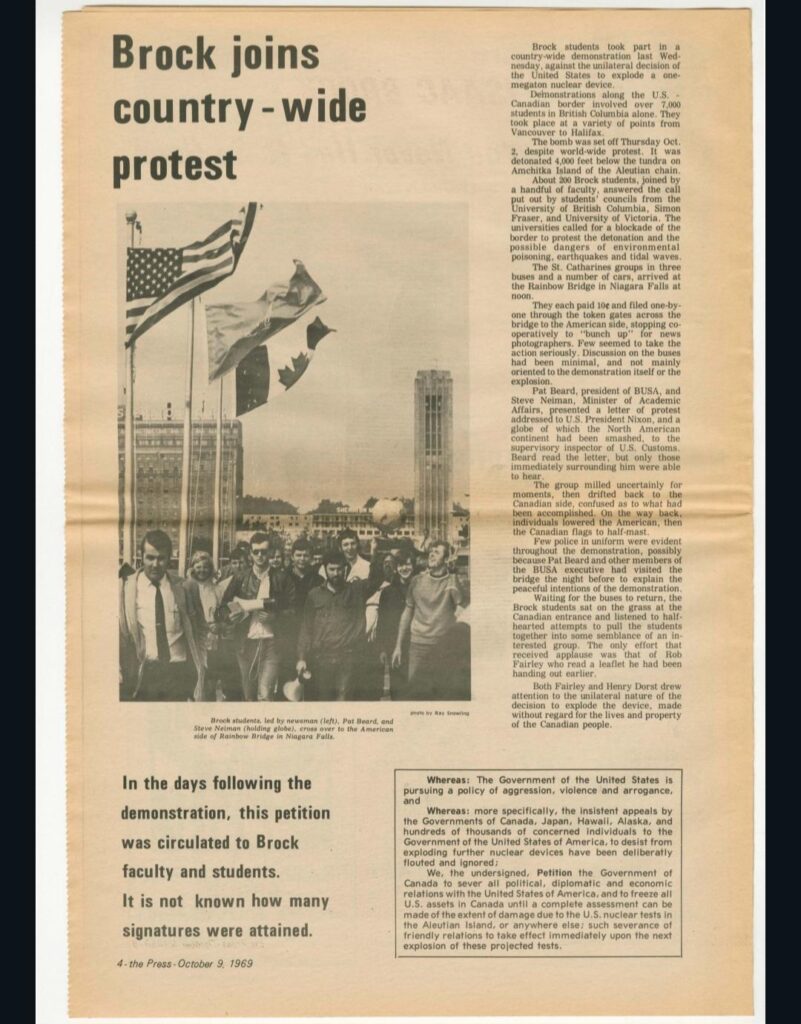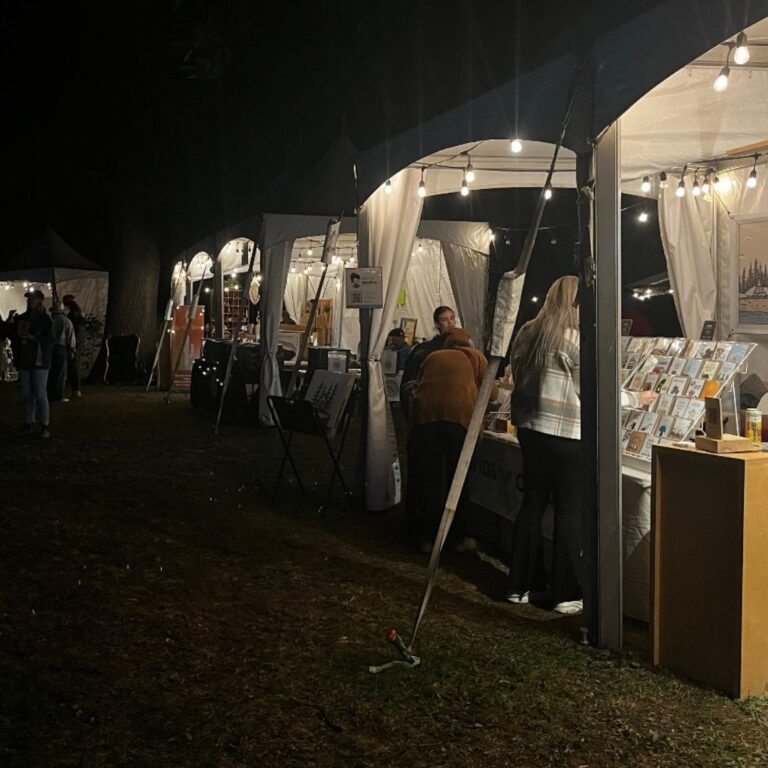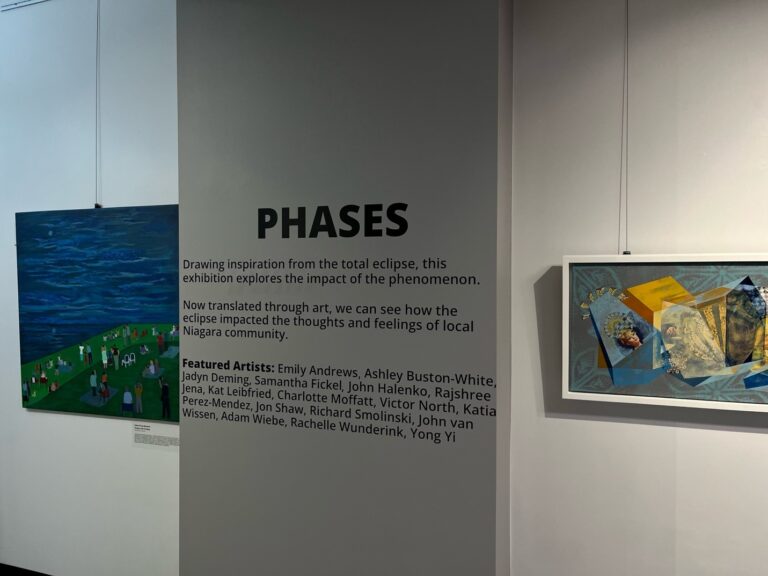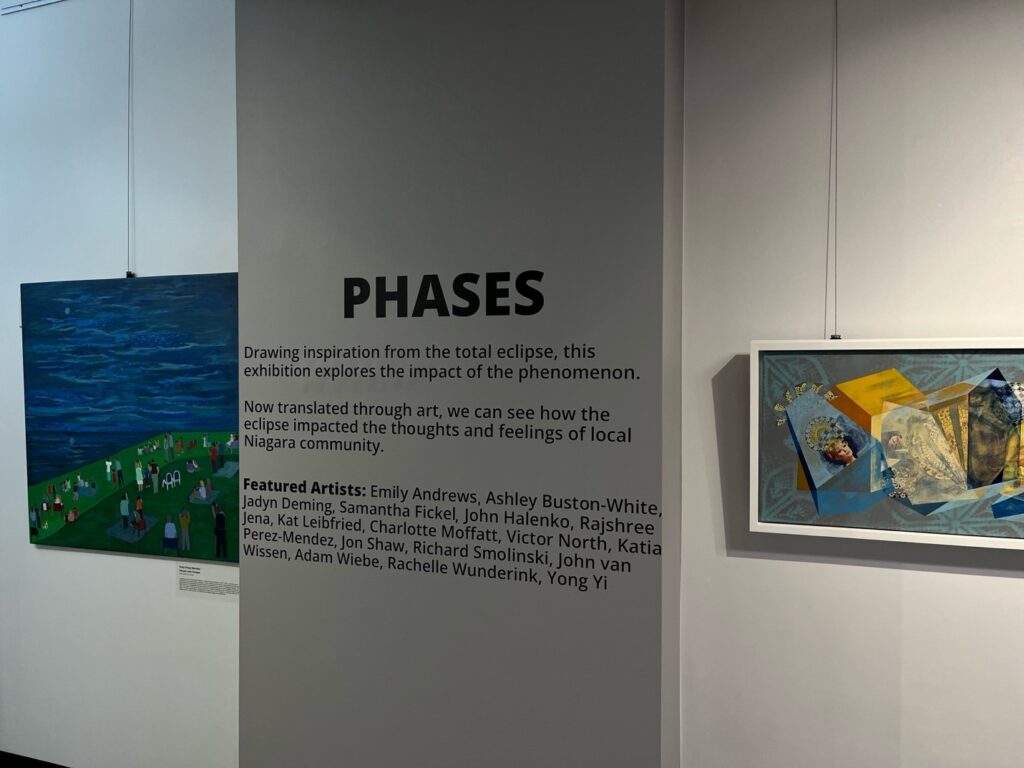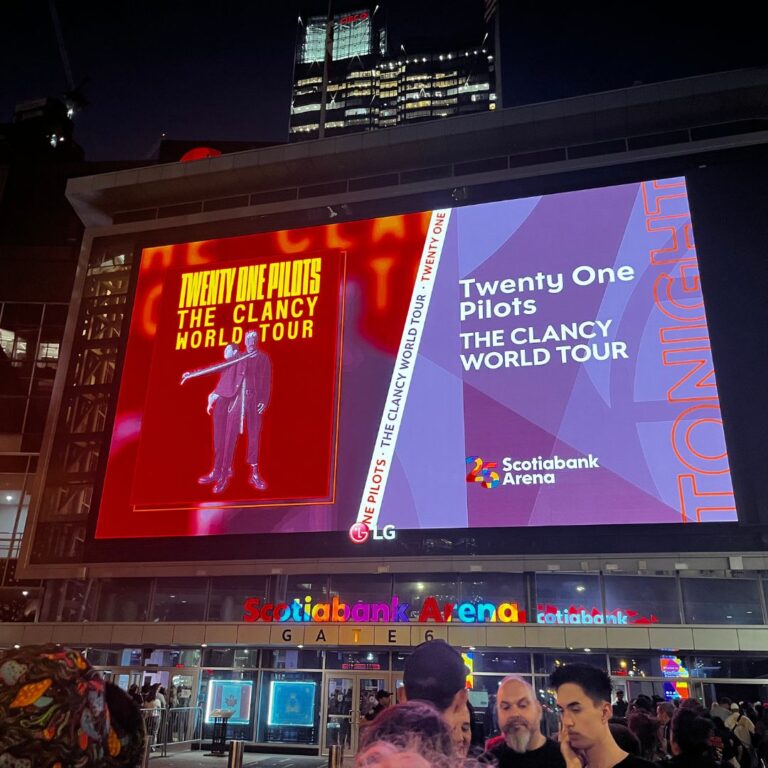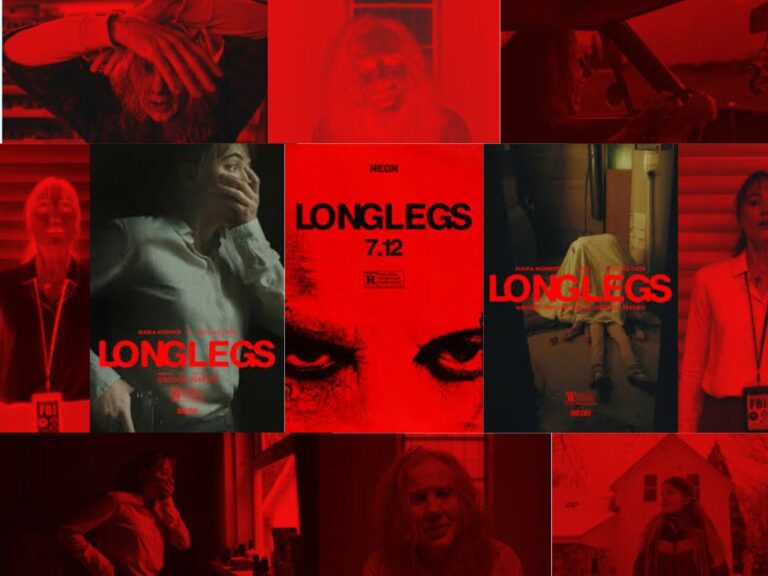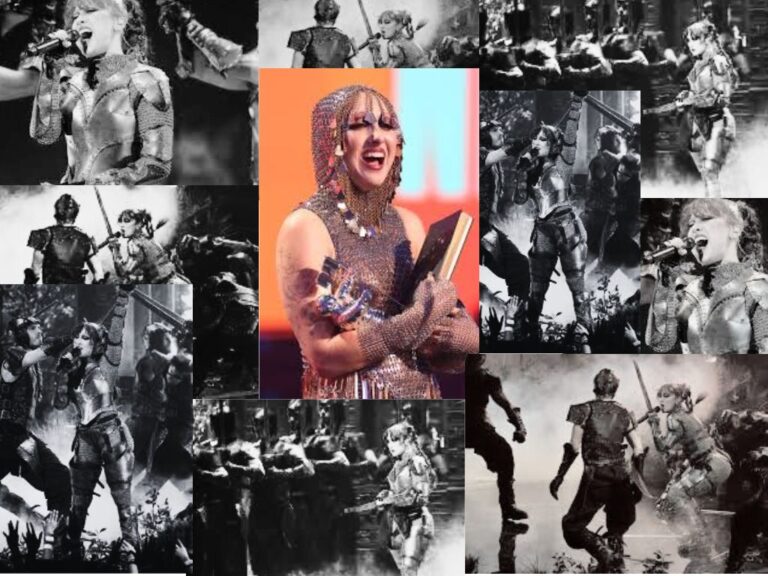Glasses clink together, their chimes harmonizing with one another as the ambient chatter in the room fizzles out into an anticipatory silence as the band takes the stage. As the music begins, a cacophony of different sounds fill the air; horn, sax, piano, the rhythmic beat of percussion — is it chaos or a conversation?
You should ask the drummer. He’ll explain it better than me.
Daniel Villarraga, a 23-year-old percussionist from St. Catharines, has been known to light up a stage or two since his arrival in the big city. Now he’s growing roots in the jazz scene in the GTA, making a name for himself that will stand the test of time.
Born in Argentina, Villarraga spent his childhood years in Colombia after the 2001 Argentinian economic crisis sent him and his family back to their country of origin. “My first passport, which of course I wasn’t supposed to have as a one-month-old, has a picture of me really pissed off,” Villarraga laughed before briefly considering the reality of bringing a newborn on a plane. “Apparently I was a pretty quiet baby.”
Yet, the transition from quiet child to full-time percussionist seemed easy enough for the Colombian native. “I think I’ve always been drawn to things I shouldn’t be doing,” Villarraga said.
“When I was in middle school, we were in the band room back in Colombia and [my music teacher] said ‘you have to pick the guitar or the piano. You can’t play the drums’… so I was like, that’s the one I want to play.”
Yet, unlike many other elementary school-aged students forced to play an instrument, his graduation from middle school wasn’t the end of his passion for percussion. From there, Villarraga went on to study under a musician named Diego Cruz who fostered in him a love of Latin music.
“I like having conversations,” he smiled, “And Latin music, you wouldn’t guess it at first, but especially in percussion, there’s a conversation happening. For me, it needs to have interaction.”
All of this came to a shuddering halt when Villarraga and his family fled Colombia in 2018 when Daniel was 16 years old.
“We came to Canada on June 22,” he said, “but we landed in the Buffalo Airport, and we drove up. And then right there [at the Canadian border] we made the refugee claim.”
Before they had to leave the country, Villarraga’s father was an anesthesiologist working at an army hospital. At the time, a large armed conflict was taking place between the Colombian military and a group called the Revolutionary Armed Forces of Colombia (FARC).
“They both end up at the same hospital,” he recounted, “good people and bad people, from both sides… and you know what [FARC] needs to fund their very questionable operations? Money.”
Following an extortion attempt by FARC that the Colombian government would not protect them from, Villarraga and his family found themselves sleeping on the couches of family friends who lived south of the Niagara region. That’s when they heard about a local St. Catharines high school, Laura Secord.
“I was a big music nerd, and you know, my parents were trying to help me out a bit with this big change. They were like ‘okay, we’ll find you a music-oriented high school to finish your education,’ and I think the month I started at Secord was the month we moved to St. Catharines. It was a very difficult month.”
It was at Laura Secord that Daniel continued to foster his passion for music, leading him to attend Humber College where he is now pursuing his love for percussion in a four-year Bachelor of Music program.
“It’s very geared towards, you know, ‘we give you the tools you need, but you need to explore your own creativity,’” he said, reflecting on the experiences he has had during his time at Humber. Since starting college, Villarraga has found himself playing various gigs in “old, smoky jazz bars in Toronto,” a progression he thinks started in his second year.
“I was jamming every night with my friends and eventually, we were like, ‘okay, I think we’re decent enough that someone might want to hear this.’ And so, my buddy Miles, he got us booked at this café called ‘Free Times Café,’ and that was my first independent gig in Toronto.”
Yet, when asked if he thought Humber had been the catalyst for this musical shift, he said: “I don’t think it’s Humber as an institution [that gave me these opportunities], but more like Humber as a community… 90% of the people I play with today, I met through Humber.”
As a result of these connections, Villarraga has played on a few of his classmates’ final, fourth year recording projects, some of which have made it onto online streaming services.
“We get access to this big studio, and we get to record stuff. And you know, we’re all surrounded by musicians. So, everyone hires each other. It’s like ‘can you help me out here? I need you on this!’ And then we all make music together.”
Despite what seems like a near constant stream of gigs, Villarraga doesn’t have any of his own music released on streaming platforms as of writing. “I’m actually not a hugely creative person,” he said. “I’m more of a side man. I like playing other people’s music and shaping that.”
Still, the Colombian native will take any opportunity to perform with his friends. While nowadays he mostly plays jazz, inspired greatly by American drummer Billy Higgins, Villarraga still loves Latin and swing.
“I think we are a product of our environment; you know? Because when I got to [Canada], I was all about Latin music. It was the only thing I wanted to play or do. But then I got into Humber, and I got bit by the jazz bug and suddenly all I wanted to play was jazz. And now I am back doing both.”
While by night Villarraga commands the room with his dynamic percussion, he still spends his days playing the juggling game most students must deal with.
“Music is almost like a full-time job, if you ask me. You have to practice to keep up with the gigs you’re getting; you know, practice the material, stay in shape and hopefully improve your instrument because you can’t stay stagnant,” he mused. “You have to do better because everyone’s also getting better and eventually, they’ll take your gig if you don’t improve. All of that on top of my classes.”
Despite all this, Villarraga tries not to be too critical of himself and his work.
“I try to keep a record of what I do, like in voice memos. I try to look back at them a few days later in a more objective light, without whatever I was feeling that day,” he emphasized.
“And whenever I hear a mistake, I’m like, ‘okay, I’ve got something to work on.’ I’d rather hear something bad because that means you have something to improve. It means that your ear is good enough to tell you that there is still some work to be done. The day I cannot hear a mistake is the day I become mediocre.”
While he doesn’t know what the future holds, Villarraga does know he wants to keep playing for as long as he can.
“I think as a kid, I was just tired of being so quiet and I saw the loudest instrument in the room, and I thought, ‘I’m going to play that.’”
What a success it has been.

